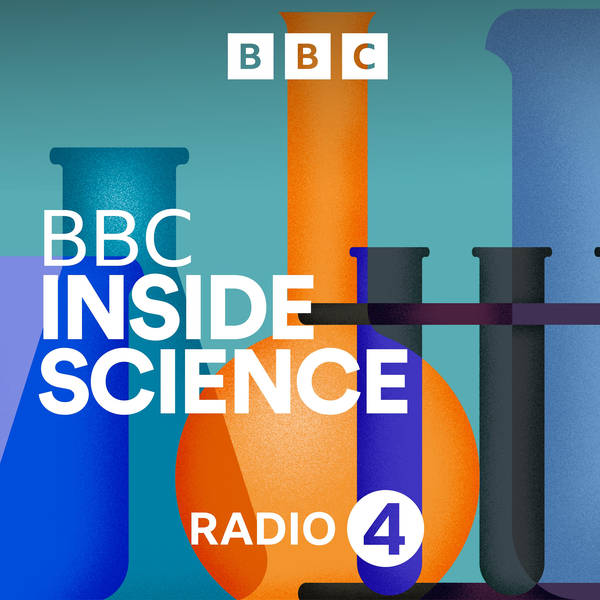
IPCC report, Cairngorms Connect project, grass pea, the Sun exhibition at Science Museum
Adam Rutherford speaks to Dr Tamsin Edwards, a lecturer in Physical Geography at Kings College London and a lead author for the latest IPCC report. Dr Edwards describes what happens in the making of the report, including the summarising of the wealth of scientific literature available into an understandable document for the policy makers.
Cairngorms National Park in Scotland is part of an ambitious project to restore the habitat to its former natural state. Four organisations have joined together as the 'Cairngorms Connect’ project – Scottish Natural Heritage, the Royal Society for the Protection of Birds, Wildland Limited and Forest Enterprise Scotland. Graeme Prest of Forest Enterprise Scotland explains how the project team will start to restore the habitat.
The grass pea is a resilient and highly nutritious legume but it contains varying level of toxins. Marnie Chesterton visits the John Innes Centre in Norwich to meet the researchers working on making the grass pea less poisonous, which could aid food security, particularly in sub-Saharan.
The Sun is technically a G-type main sequence star, which means it’s a giant continuous nuclear fusion reaction plasma, spewing out extremely dangerous matter and energy in every direction, and when it hits the Earth, this can cause all sorts of problems. Adam visits the Science Museum in London to meet Harry Cliff, a physicist and curator of a new exhibition: ‘The Sun: Living With Our Star’, which explores our relationship with the closest star to earth.
Adam also finds out from Professor Chris Scott of Reading University about a citizen science project called Protect our Planet from Solar Storms.